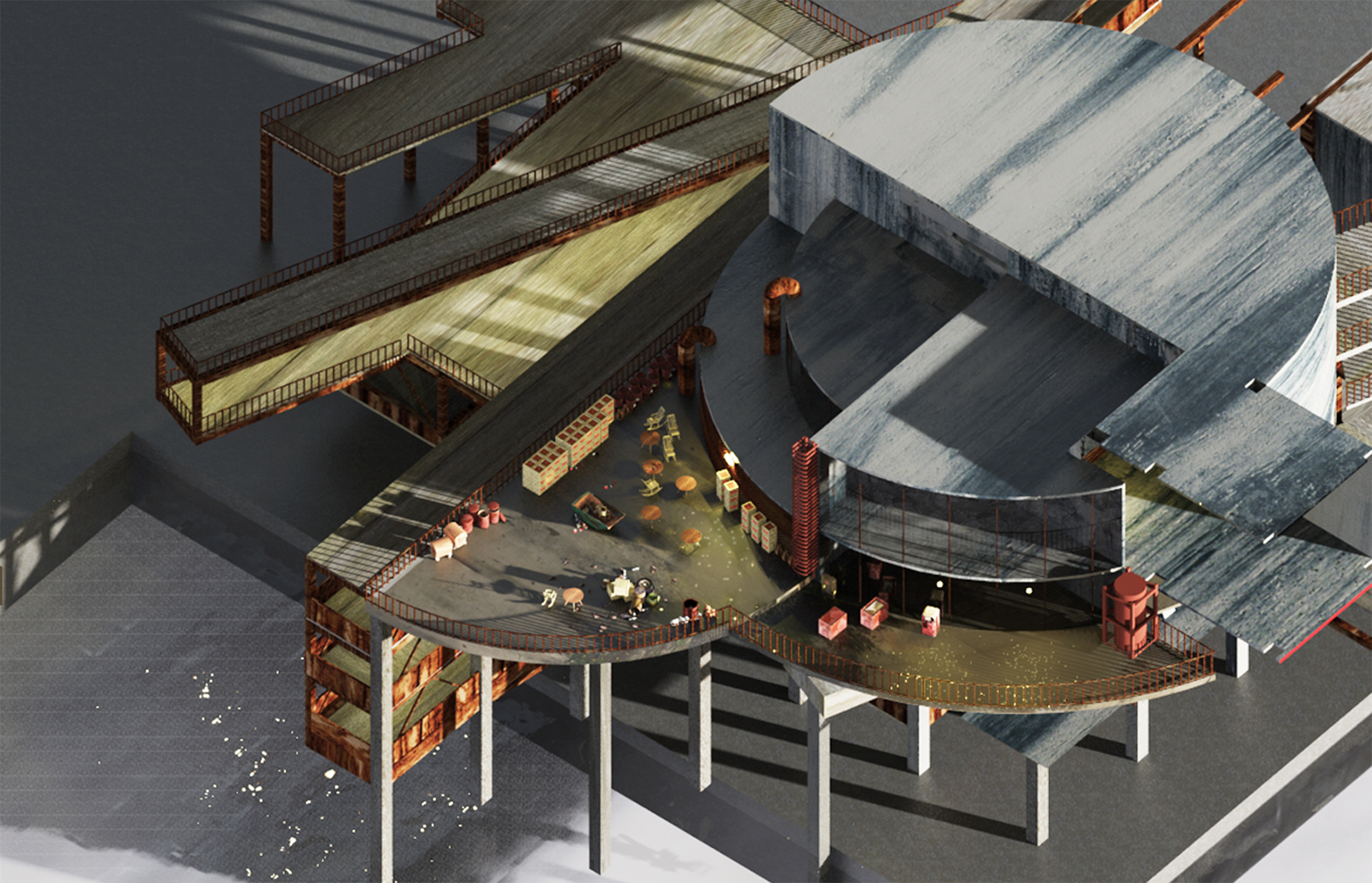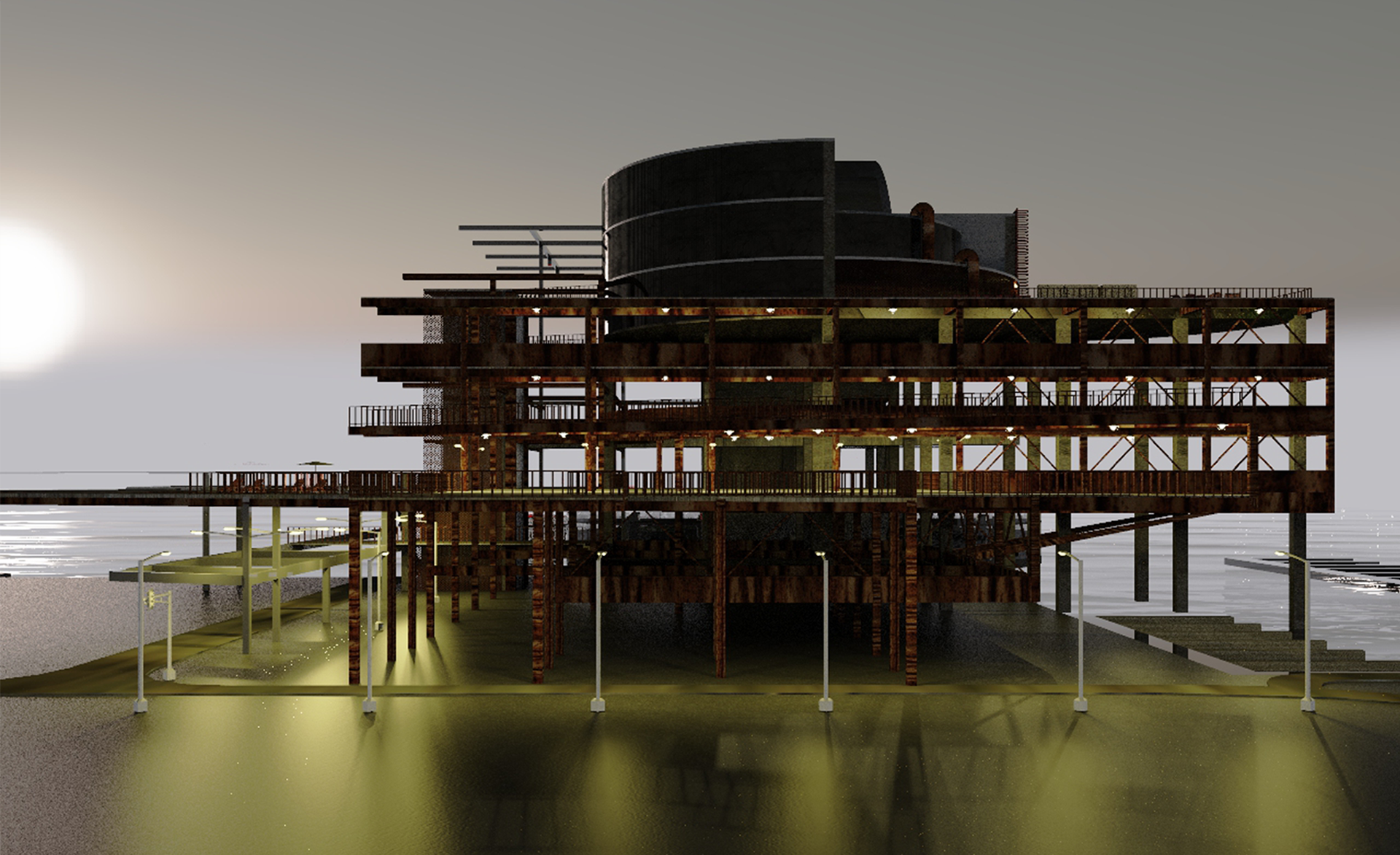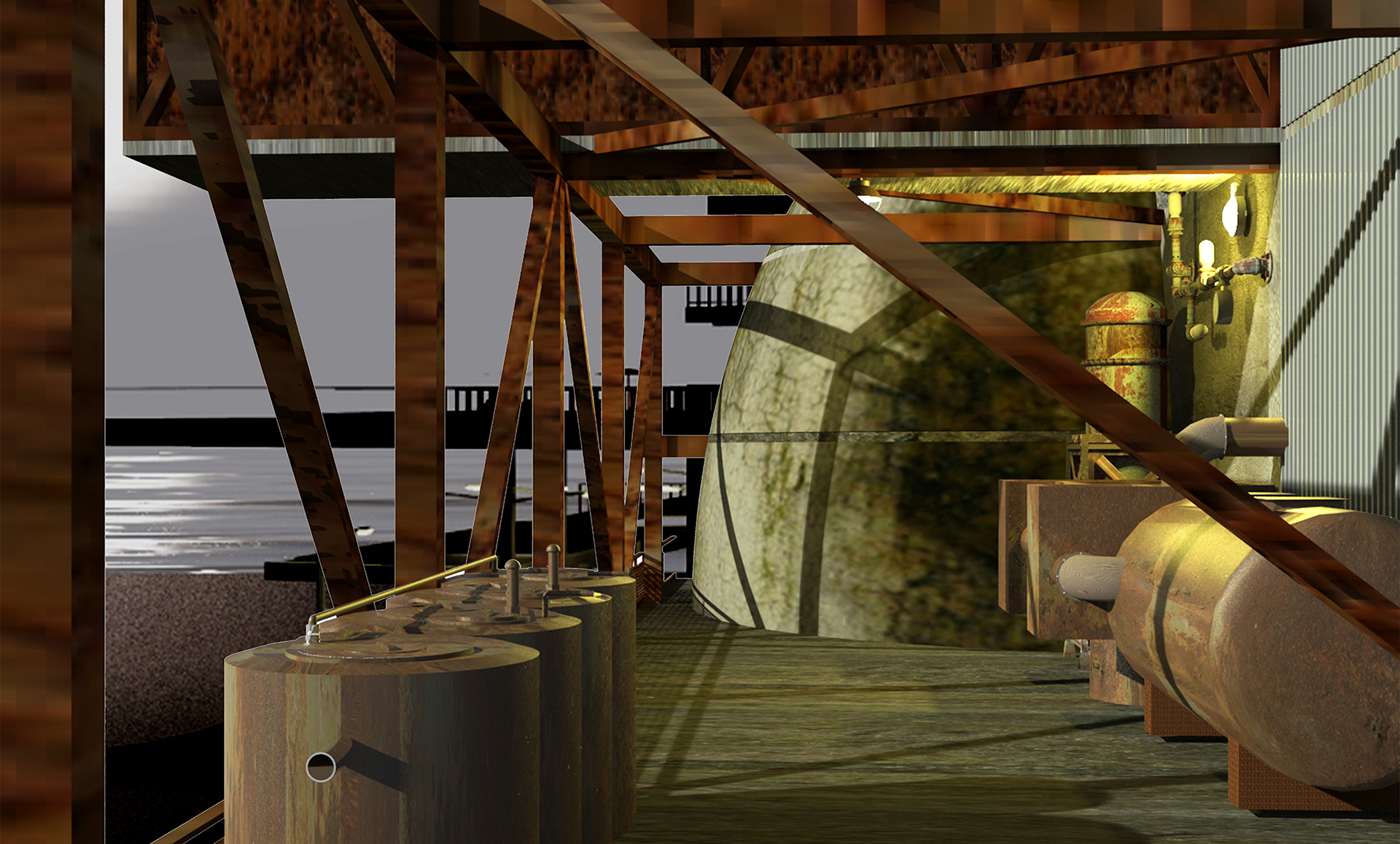LOST PARADISE
—— Towards An Architecture as Machine
Ferry Terminal
414 Major Building Design Studio
LOCATION: Channel Islands Harbor, Oxnard
TYPE: Studio, Academic, Group Work
Group Member: Yiwen Song
SUPERVISOR: Jimenez Lai jimenez.lai@bureau-spectacular.net
Phase 1 Channel Harbor Island Waterfront Reorganization
The California coastline has a crucial role in the regional ecosystem. This highly productive ecosystem supports very important ocean economies including recreational fishing and commercial fishing tourism, and shipping. However, overfishing and water pollution has been jeopardizing the local ecosystem as well as climate change. Moreover, the huge consumption demand from California coastline fishery urges us to reconfigerate an alternative method to transform the existing land-farming system into a more sustainable, more close-the-local system.
Archipelago Map
Monoculture to diversity: Instead of sticking with existing overfished species, we intend to diversify the edible seaweeds and shellfish, especially those species that are restorative.
Sustainability: New ocean farming can create small footprint minimized damage for the ashore ecosystem.
Zero waste farm: The sea kelps could be produced into food, fuel, fertilizer. The shell from all kinds of shellfish could be also produced into fertilizer.
Workforce: Ocean farming isn’t just about food. It’s about transforming an entire workforce, transforming fishers into restorative ocean farmers. My job has never been to save the seas; it’s to figure out how the seas can save us. Because millions of years ago Mother Nature created two technologies designed to mitigate our harm: shellfish and seaweeds.
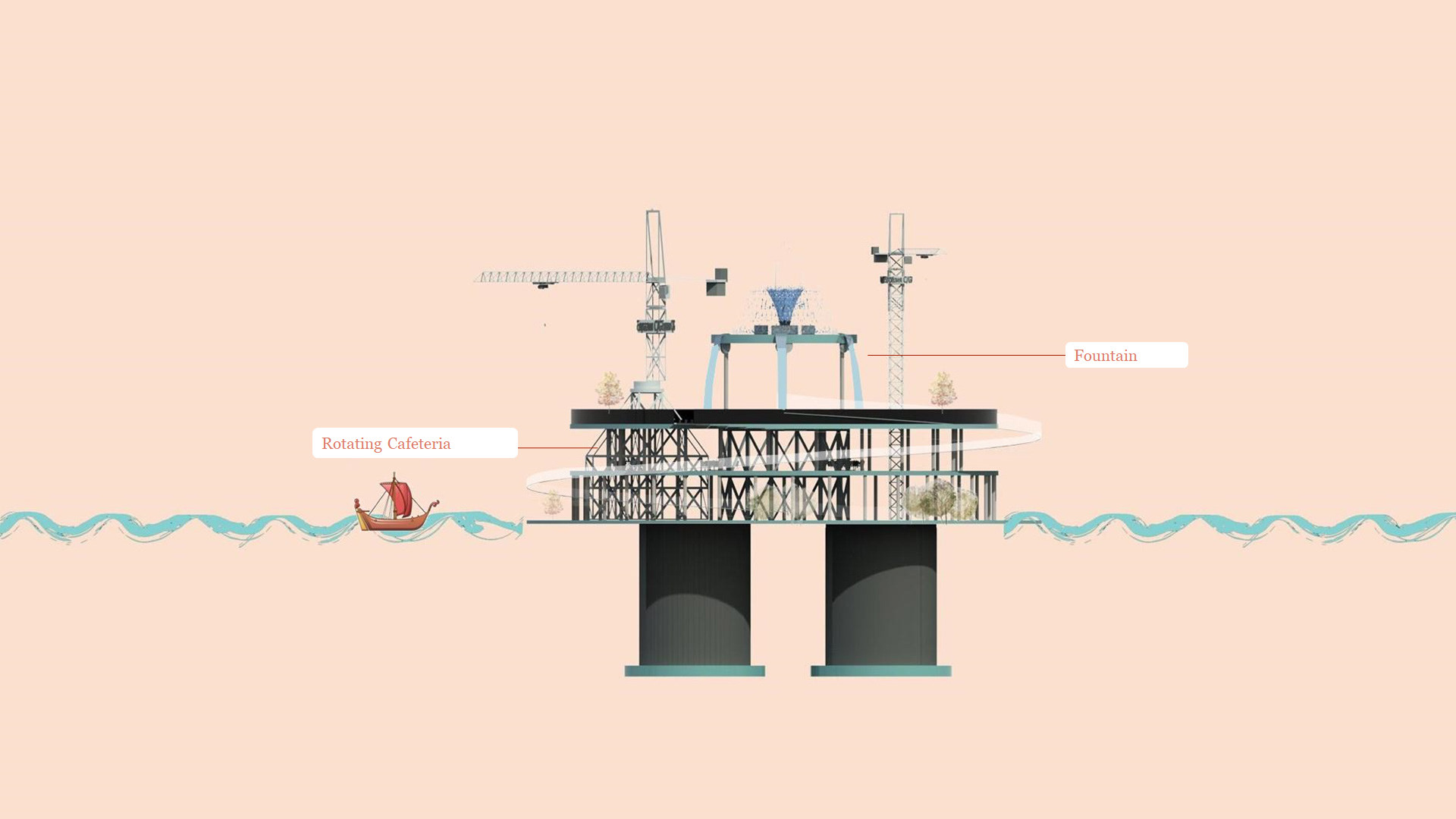
Dinning Island
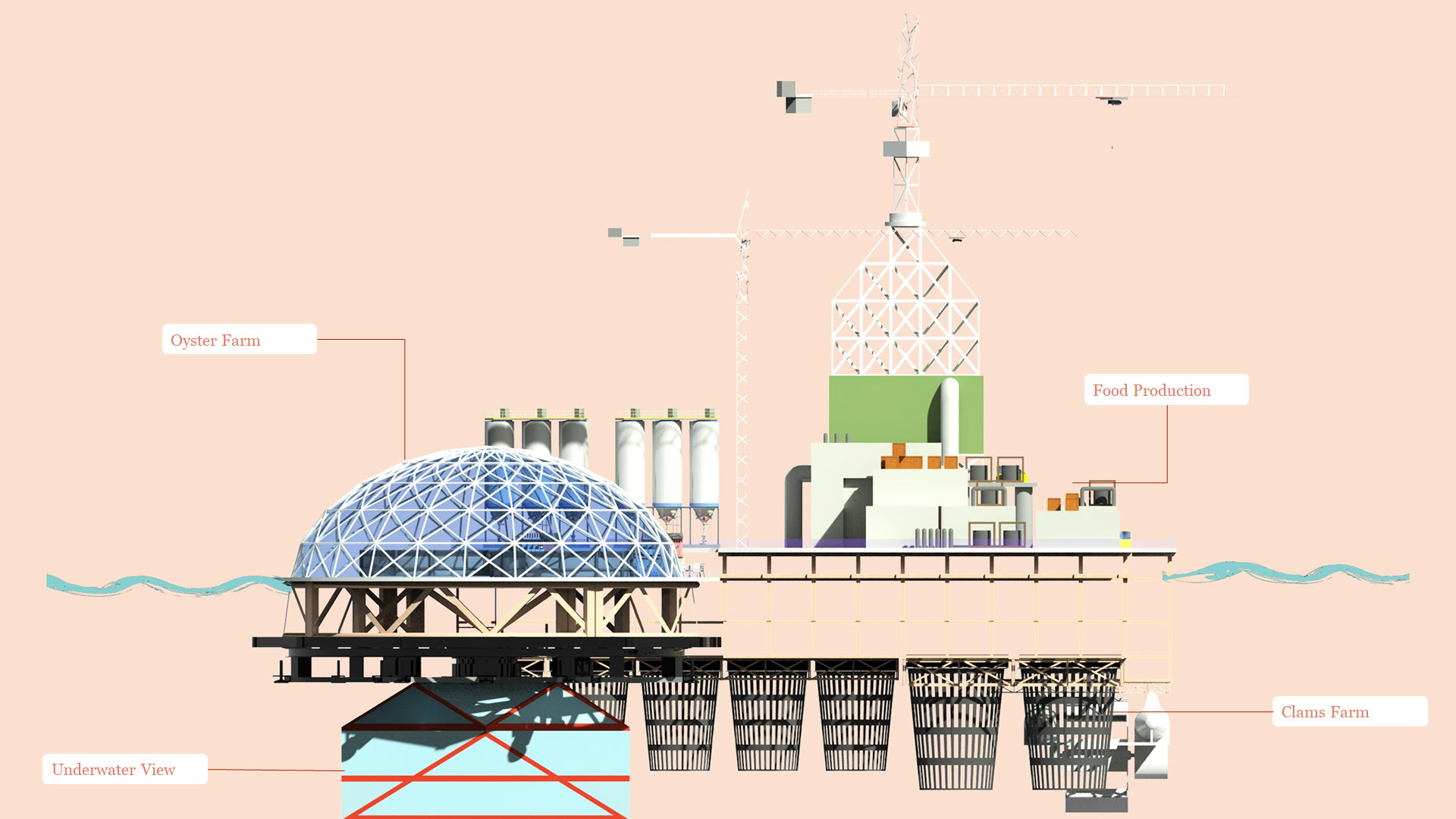
Factory Island
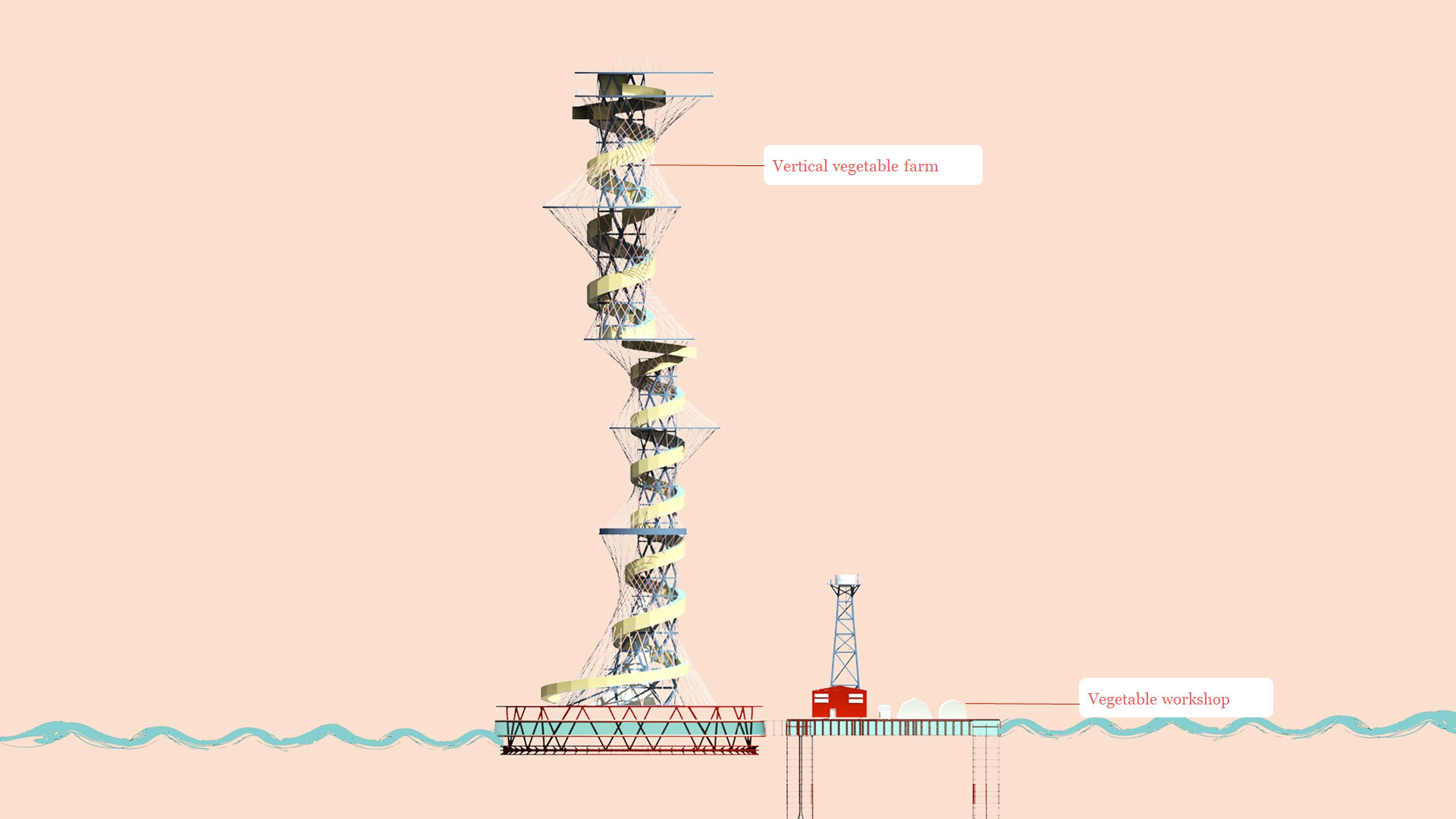
Farming Island
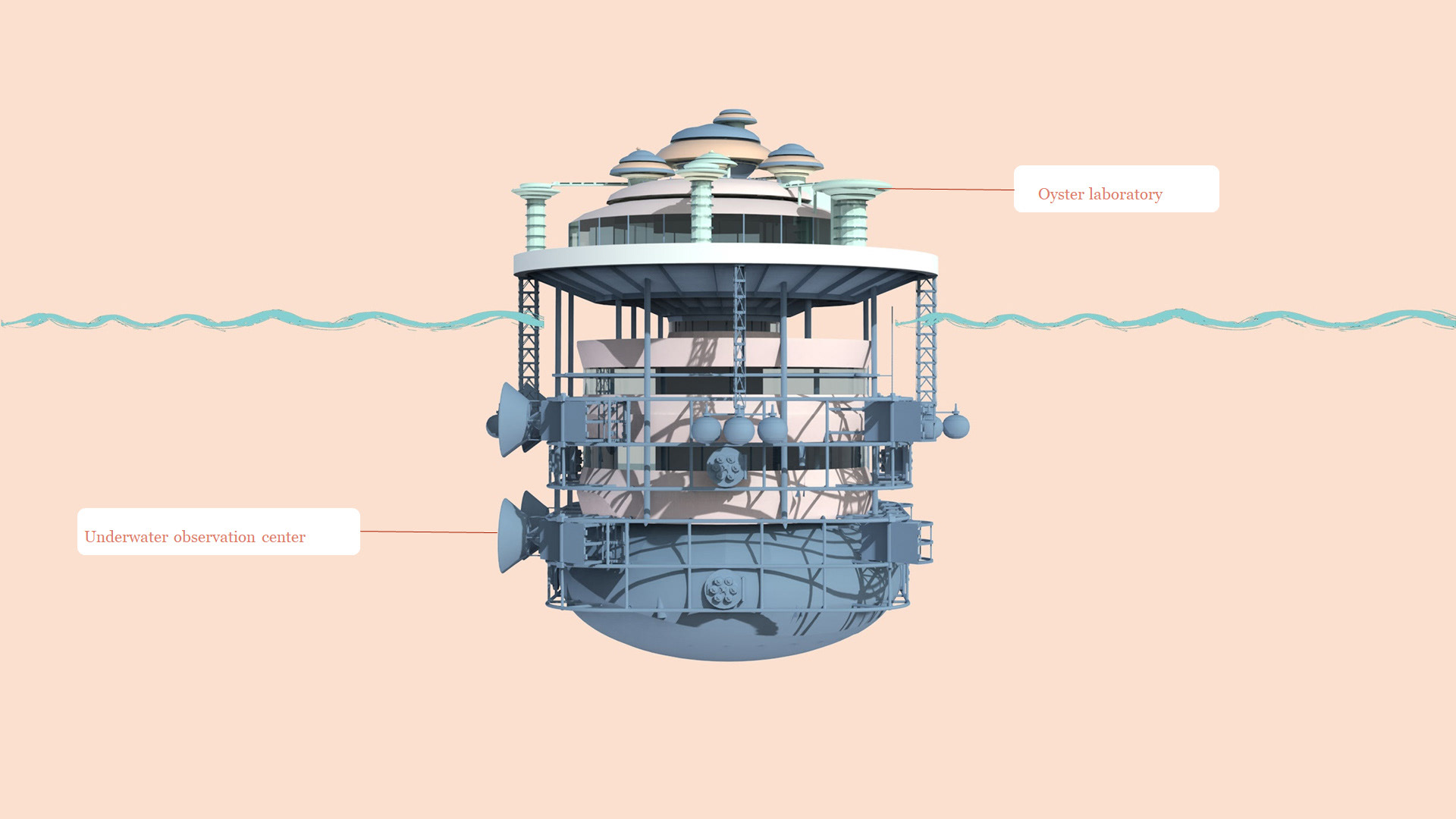
Lab Island
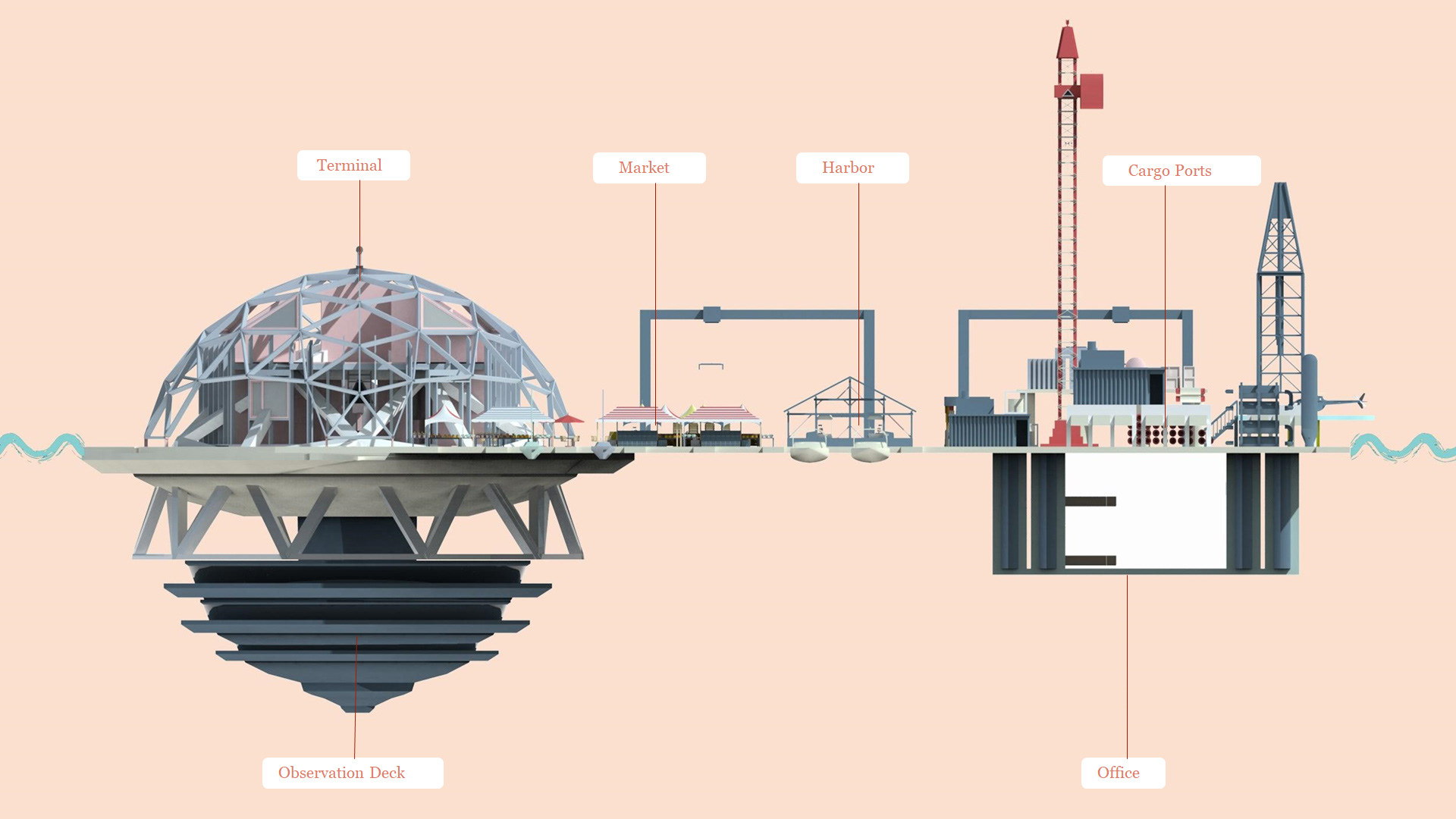
Terminal Island
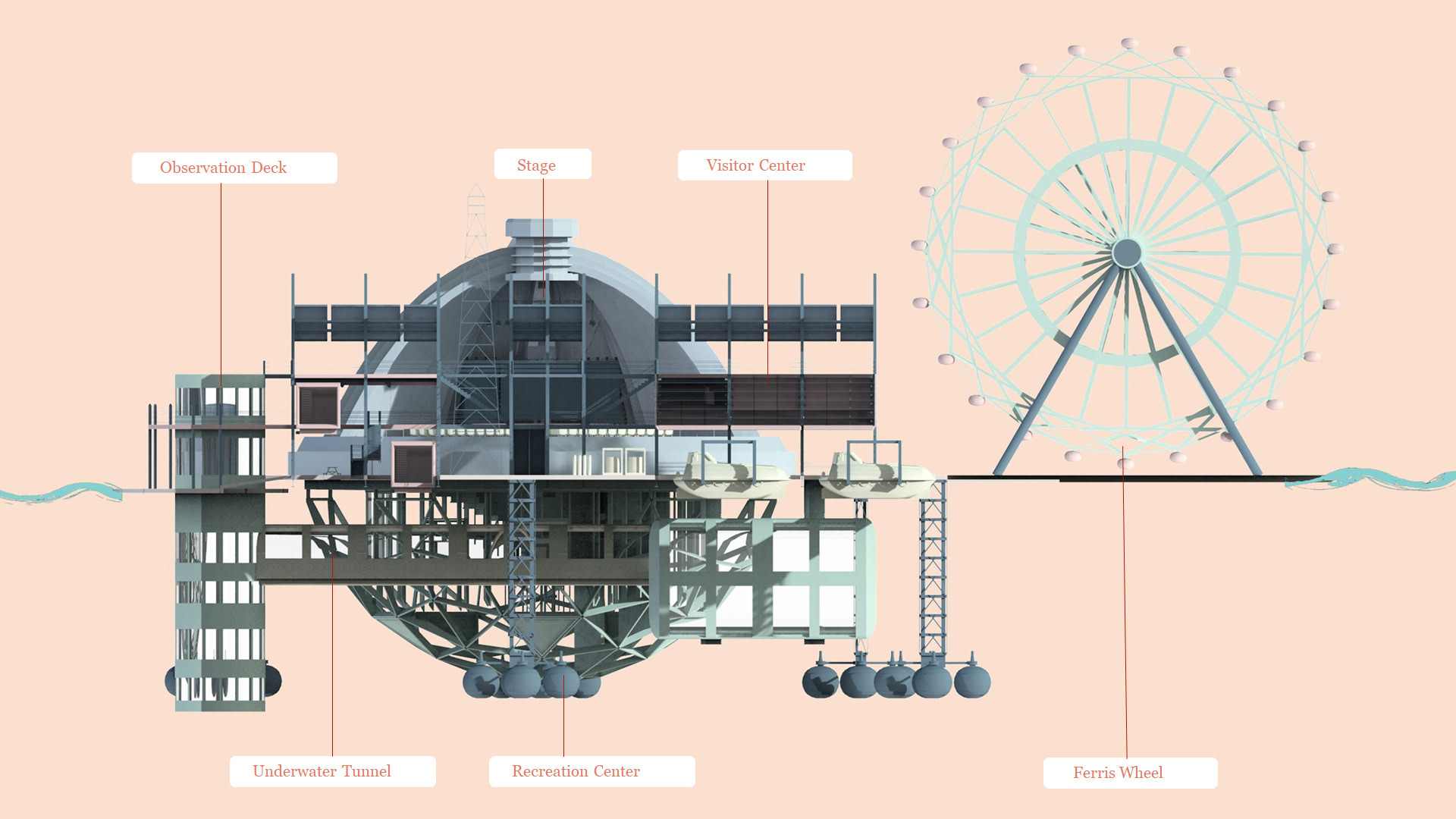
Visitor Center Island
Phase 2: Ferry Terminal Design
Because of global warming, the average air temperature has increased since the early 20th century. The scientists predict that by 2070, 1/3 of the world's population is likely to live in climate conditions that are "warmer than conditions deemed suitable for human life to flourish." At that time human activities will be greatly influenced.People may have to stay indoors and rely on machines to keep the world moving. Industries like shipping and travelling will all be done by basic devices. The architecture as a machine itself will also be a monument to document environmental and social changes.
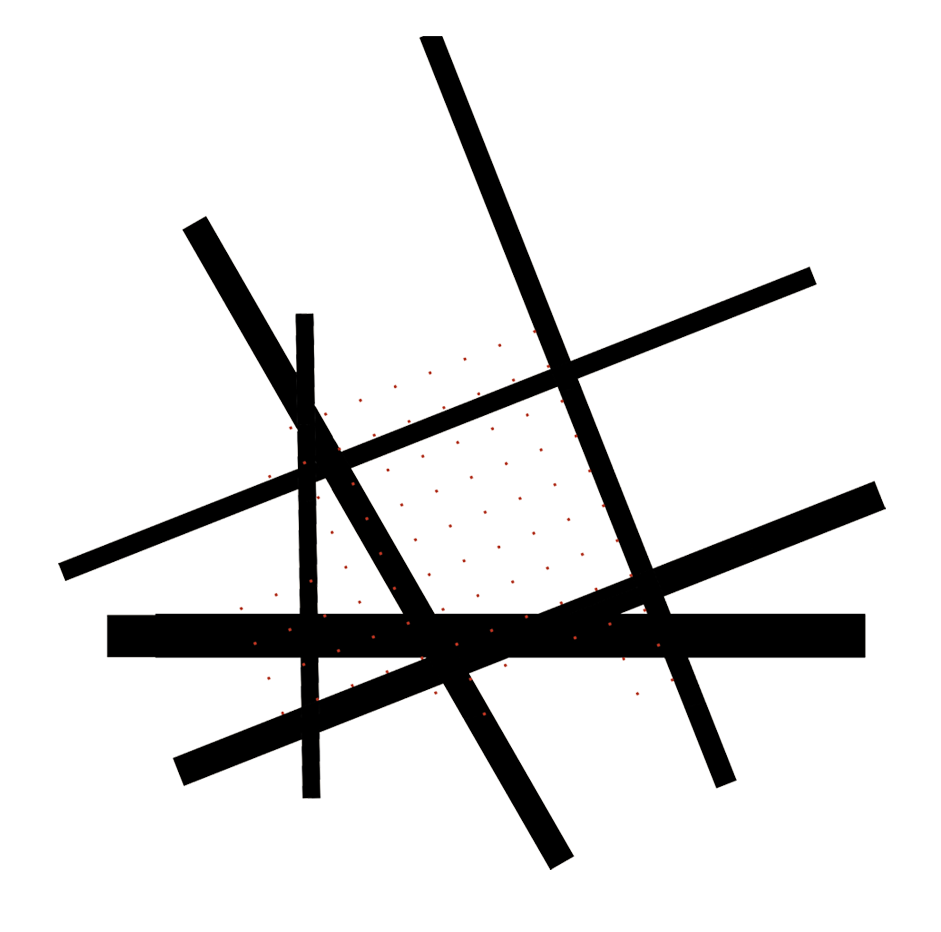
Point & Line
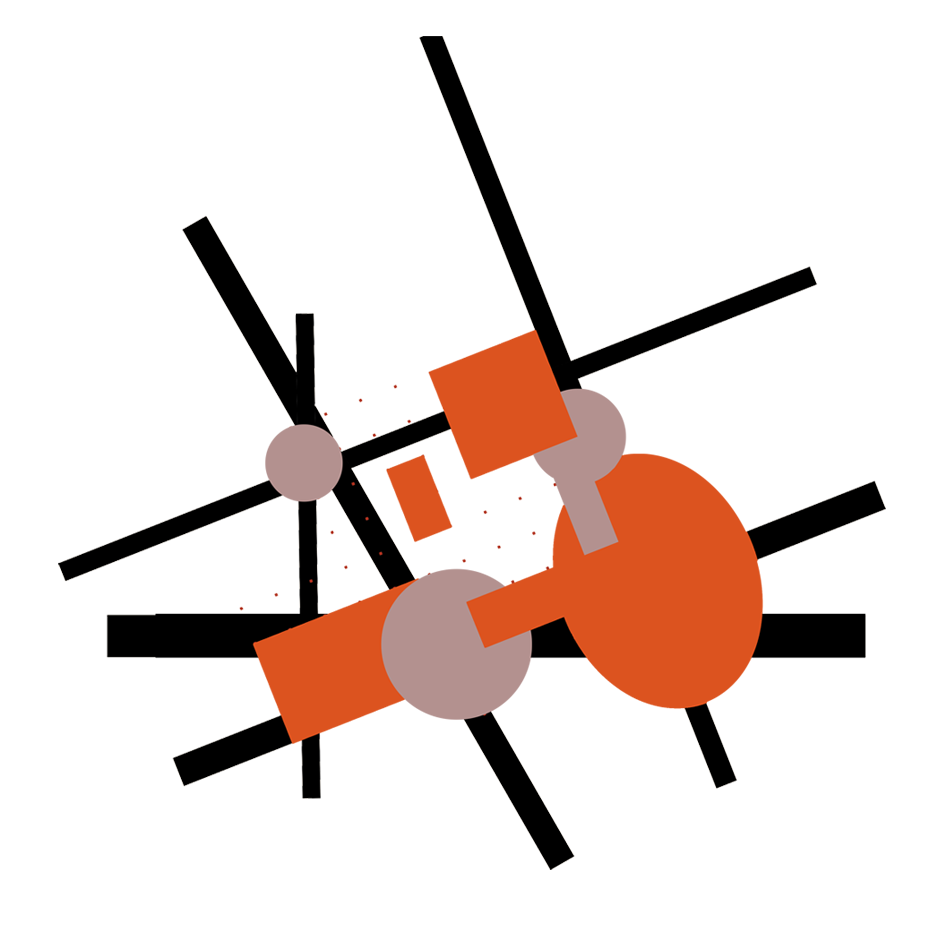
Surface
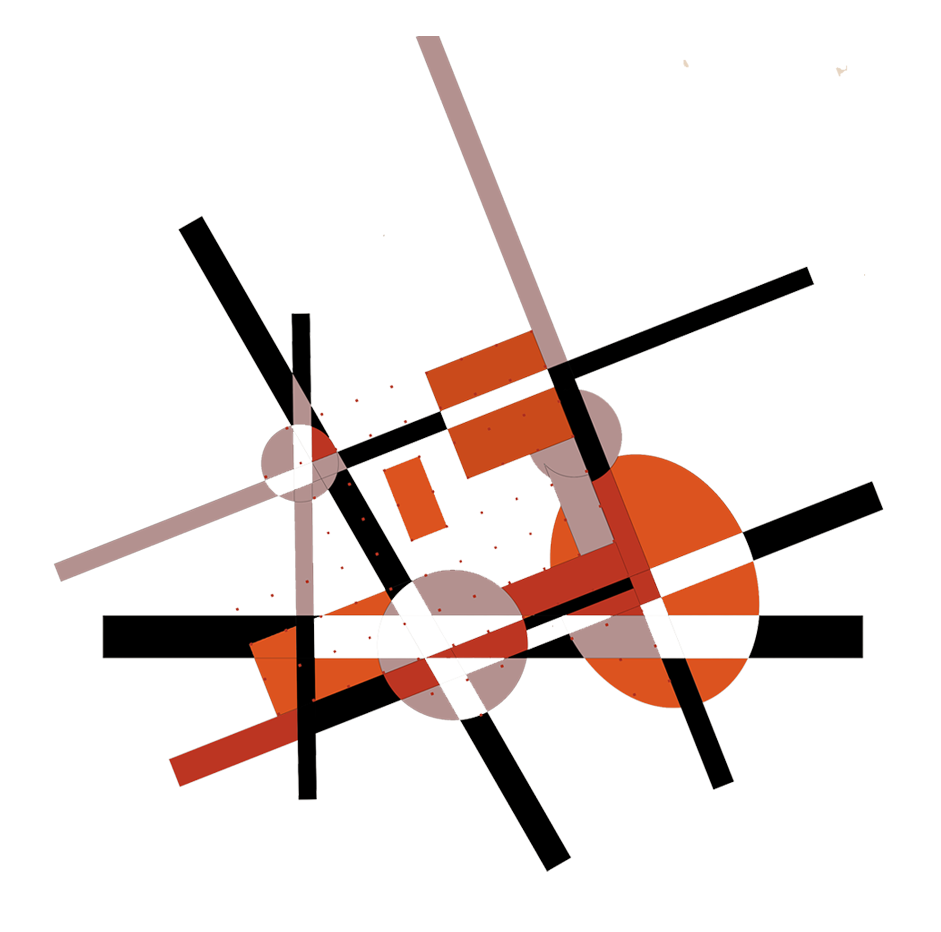
Intersection
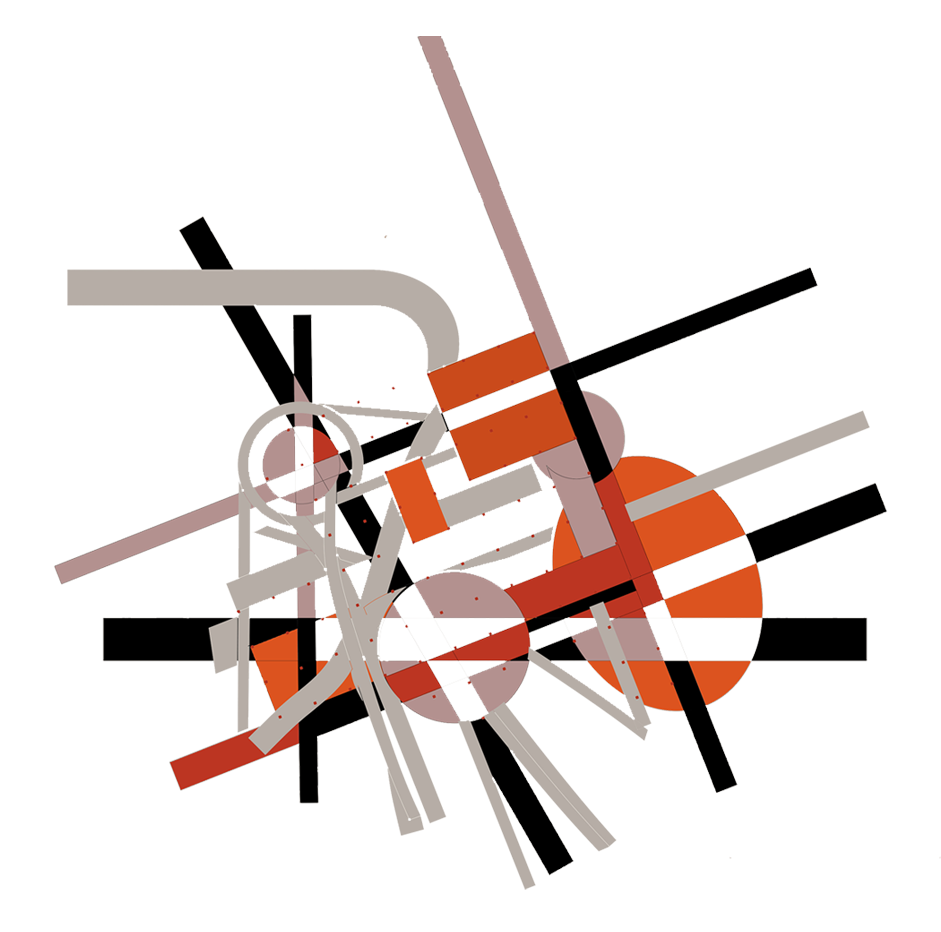
Connection
Formation
Program Intersection
Inspired by Kasimir Malevich’s suprematism, the project is generated through a series of simple geometries using the method of point, line, surface and solid. Programs are set according to the circulation one passenger or a worker may have during his stay in ferry terminal, then connect them through lines. The intersection of shapes also becomes the joint space of adjacent programs.
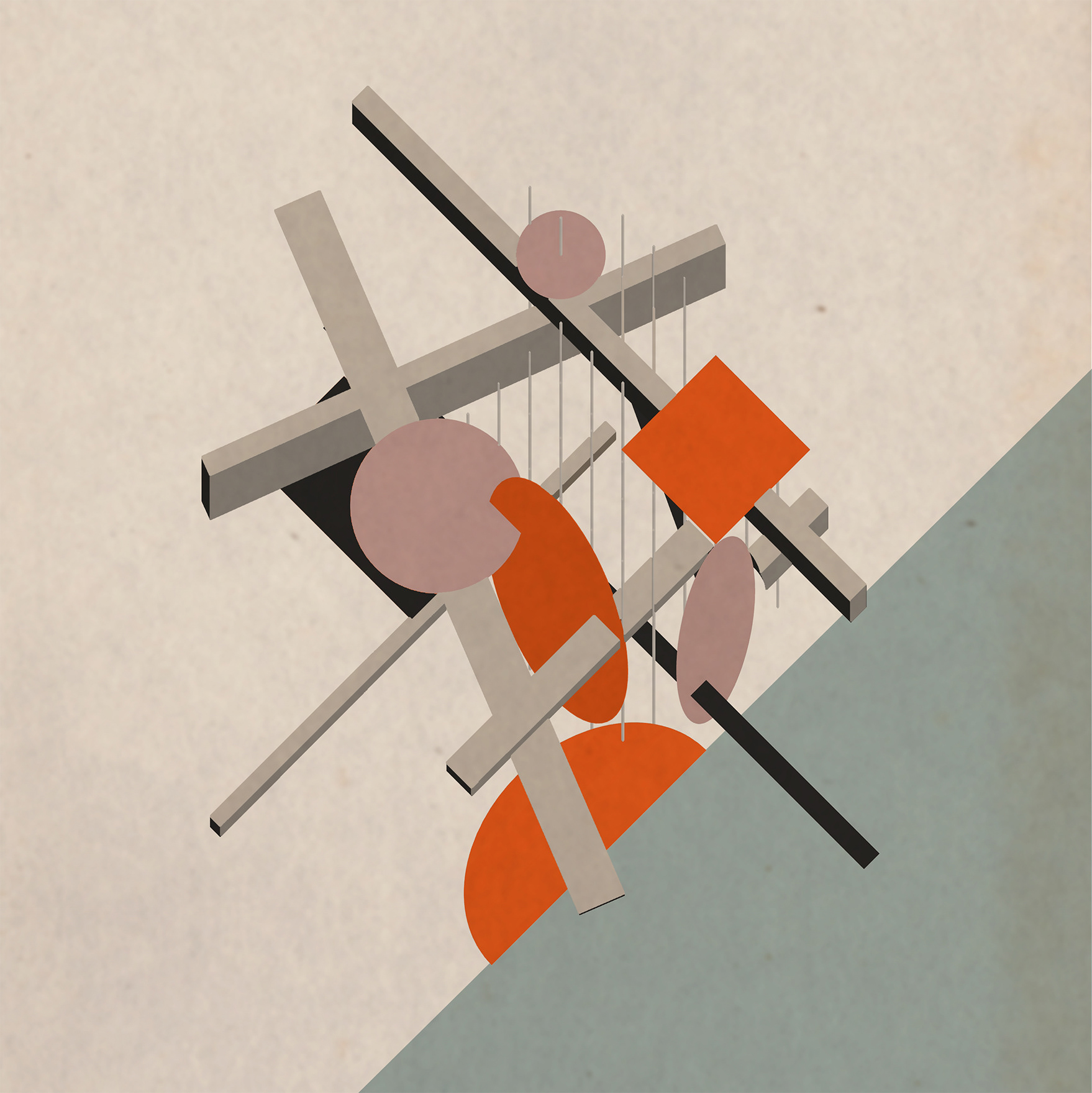
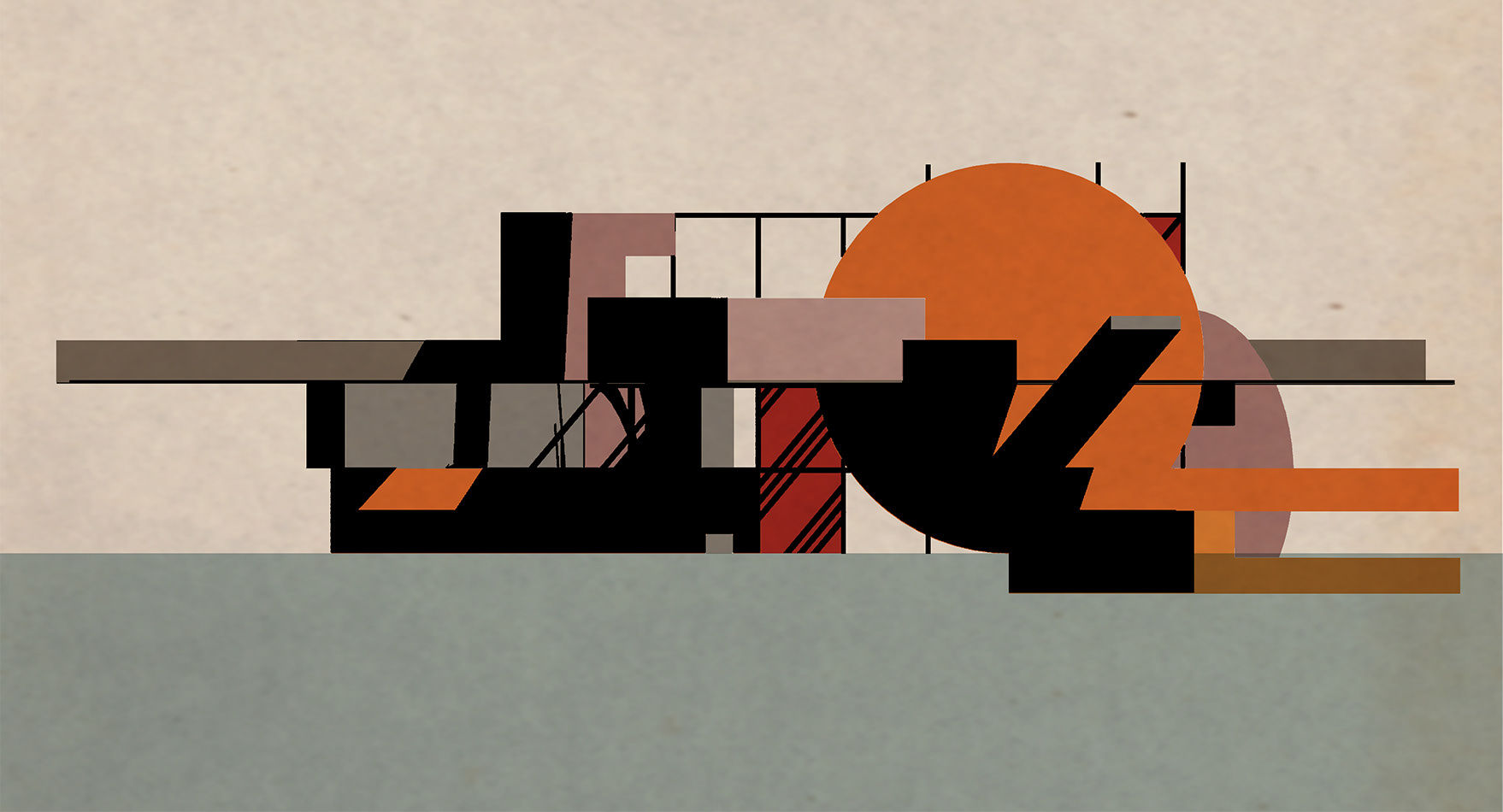
As an instrument, architecture continues to facilitate humans even during times when humans cannot leave architecture. At times, the purpose of the instruments may transform over time in unexpected ways, especially without the presences of humans.
Instrument (object), sometimes in the form of machines, has enhanced humans to exponentially harness their abilities to do things. Architecture as a machine, for example, instrumentalized how humans can live, work, consume, or transport.
However, the instrument without the presence of the user would continue to perform functions over time - sometimes new and unexpected functions that are outside of its original intent. A foundation intended to structurally support a pier could in turn perform aquacultural activities such as supporting the life of oysters or other marine life. A former retired railway system could be repurposed to join a new transport system. The instrument transforms over time, with or without humans. What’s more, as part of the architecture, materials do a lot to record such transactions of instruments over time. Silver white steel will become rusty and turn to dark red.
We speculate that the future of our relationship with the instrument is both a newly integrated one, but also an increasingly separated one. Architecture (hardware) will likely depart from our bodies further and further, even though it will still continue to serve the distant humans. However, logistics (software) will become a different type of instrument, where a larger and urban network of infrastructure will inform how the organic and the biological (now in hiding) would interact with the mechanical and the instrumental.

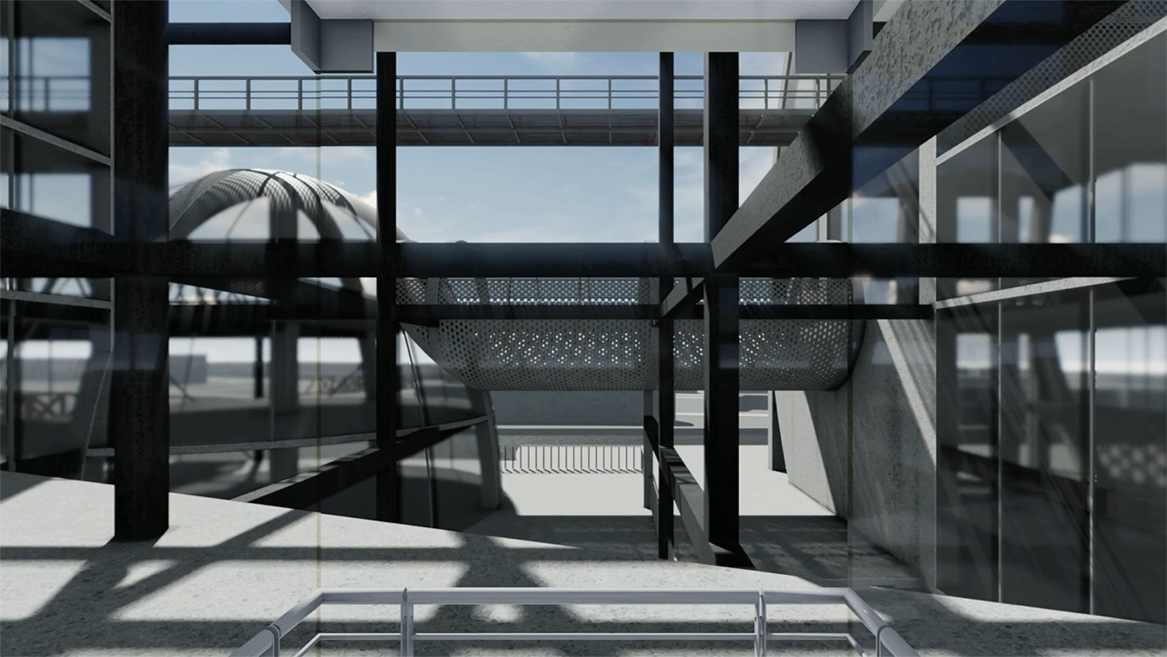
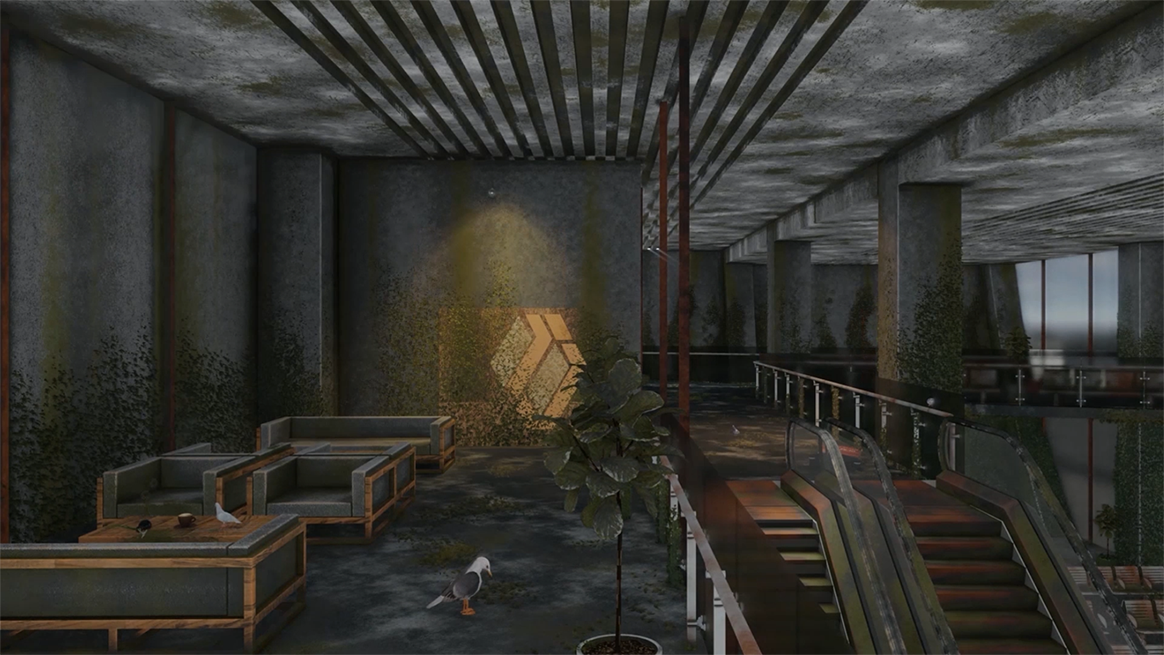
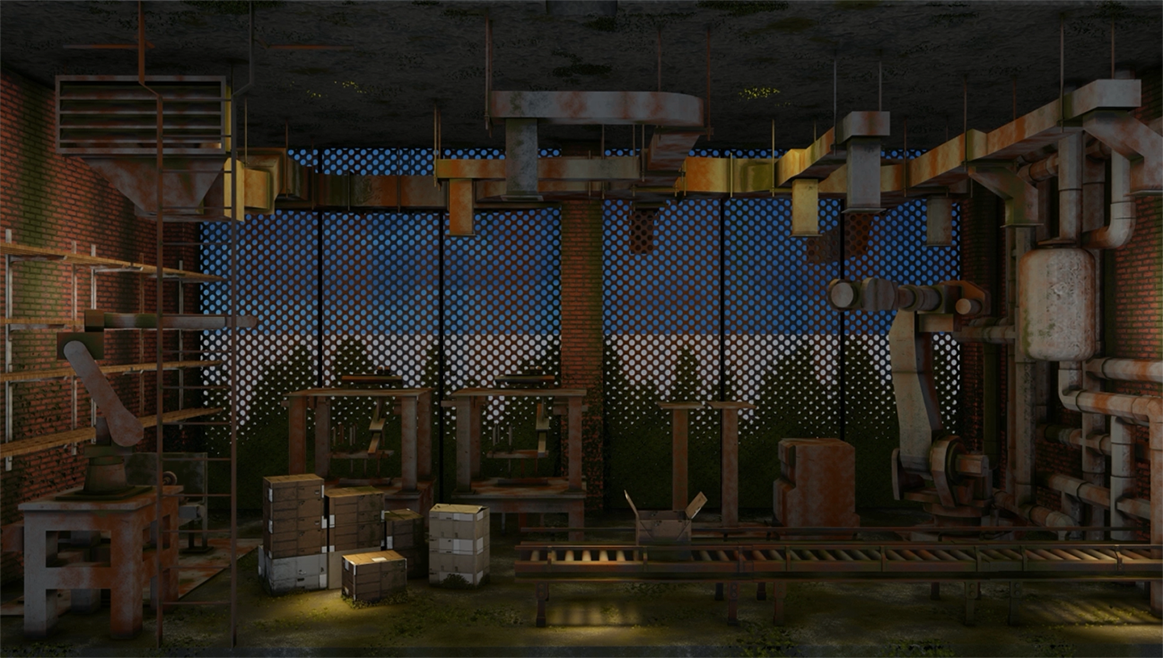
Think of the given and take. Instead of always asking resources and land from nature, we want to give back these to nature. So we want to see the building as an environment. We want to free most of the ground floor, so give back the land to the public. We want to use concrete walls as the culture dish for marine organisms such as oyster and algae. The roofs of our project are occupied by agriculture. Columns of our project are also as devices to introduce and purify the sea water to supply our program. Therefore from those efforts we want to make our project as an environment or timeless monument.
